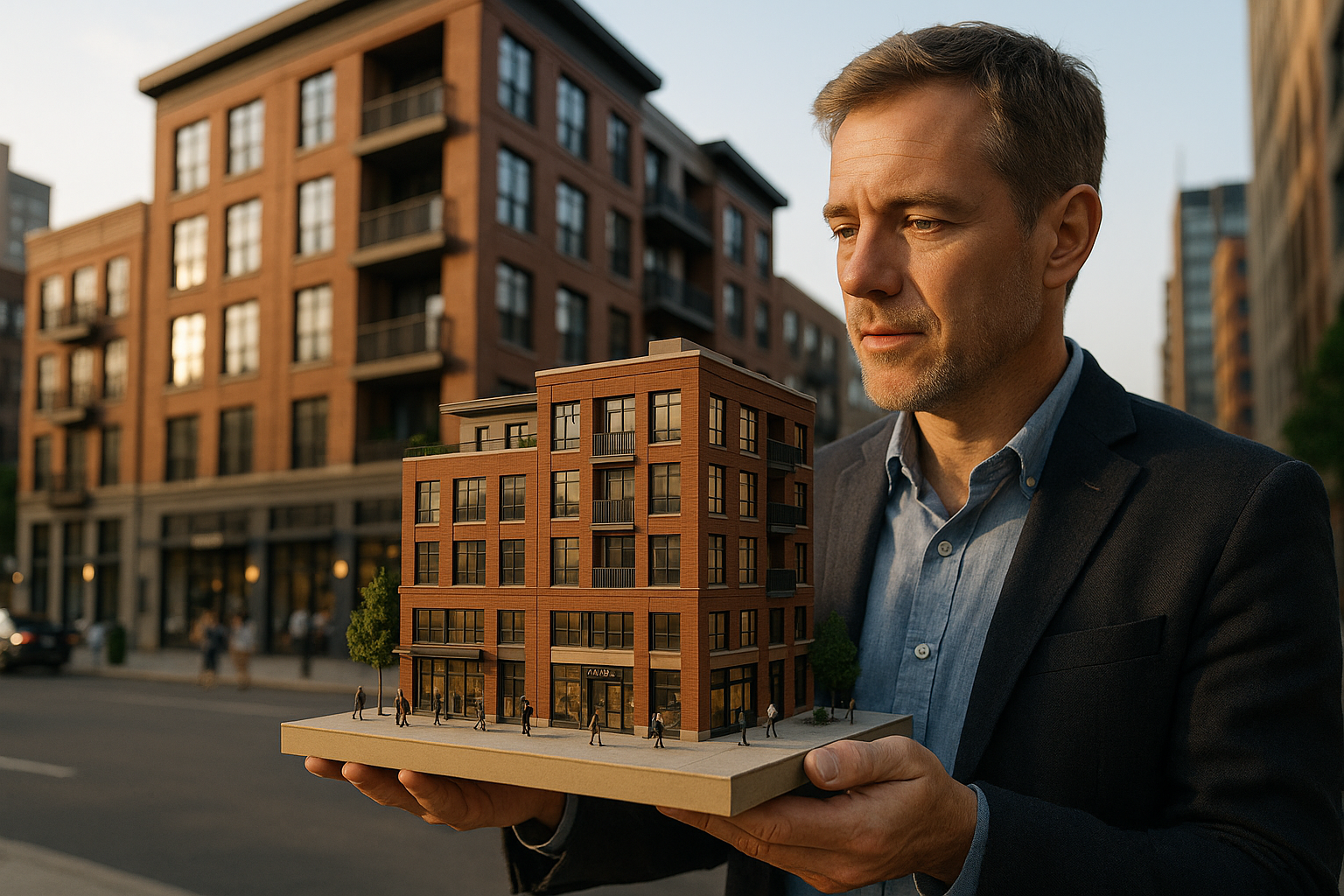Discover the Advantages of Backyard Apartments
Looking for a smart way to maximize your property's value and flexibility? Backyard apartments (also known as ADUs or granny flats) are rapidly becoming the go-to solution for modern homeowners. Discover the numerous advantages these versatile units offer—from generating reliable rental income to providing comfortable, private housing for extended family—and learn how a simple addition can revolutionize your living situation and financial future.

Backyard apartments represent a growing trend in residential property development, offering homeowners a way to expand their living space without relocating. These structures, commonly referred to as Accessory Dwelling Units (ADUs), granny flats, or in-law suites, can significantly enhance property value while serving multiple purposes. Whether you’re looking to accommodate family members, generate rental income, or create a dedicated workspace, backyard apartments provide versatile solutions to various housing needs.
Maximizing Rental Income with an ADU
Adding an Accessory Dwelling Unit to your property can create a substantial stream of passive income. Depending on your location, a well-designed backyard apartment can generate monthly rental revenue that helps offset mortgage payments or provides additional financial stability. Urban areas with housing shortages typically yield higher rental returns, with some homeowners reporting that their ADU investment pays for itself within 5-7 years.
The rental potential varies based on several factors, including the unit’s size, amenities, and location. Studio apartments typically command lower rents than one or two-bedroom units, but they also require less investment to build. By carefully analyzing local rental markets, you can determine the optimal size and features for your backyard apartment to maximize return on investment.
Zoning Regulations and Necessary Permits
Before breaking ground on a backyard apartment, understanding local zoning laws is essential. Many municipalities have updated their regulations to encourage ADU development as a solution to housing shortages, but requirements vary significantly between jurisdictions. Typical regulations address unit size limitations, setback requirements, parking provisions, and owner-occupancy rules.
The permitting process generally involves submitting architectural plans, obtaining building permits, and scheduling inspections throughout the construction process. Some areas offer expedited permitting for ADUs to encourage their development. Working with an architect or contractor familiar with local ADU regulations can significantly streamline the approval process and help avoid costly mistakes or delays.
Design Ideas for Small Backyard Homes
Creating a functional and appealing backyard apartment requires thoughtful design that maximizes limited space. Open floor plans help create a sense of spaciousness, while strategic window placement can enhance natural lighting and ventilation. Multi-purpose furniture, such as murphy beds or convertible dining tables, allows spaces to serve multiple functions throughout the day.
Outdoor connections are equally important in small backyard homes. French doors, patios, or decks can extend the living space outdoors, making compact units feel more expansive. Many modern ADU designs incorporate sustainable features like solar panels, energy-efficient appliances, and proper insulation to reduce utility costs and environmental impact. These eco-friendly elements often appeal to environmentally conscious renters and can command premium rental rates.
Benefits for Multi-generational Living
Backyard apartments offer an ideal solution for families seeking to accommodate multiple generations while maintaining privacy and independence. For aging parents, an ADU provides proximity to family support while preserving autonomy. Similarly, young adult children can benefit from affordable housing while establishing financial independence before transitioning to their own homes.
This living arrangement facilitates shared responsibilities such as childcare or elder care while reducing overall housing costs for the family unit. The proximity allows for daily interaction and support while the separate structures provide necessary personal space. Many families report stronger intergenerational bonds and improved quality of life when utilizing backyard apartments for multi-generational living arrangements.
Cost of Building and Return on Investment (ROI)
The investment required to build a backyard apartment varies widely depending on location, size, and quality of finishes. Basic studio units typically start around $40,000, while more elaborate one or two-bedroom structures with high-end finishes can exceed $200,000. Foundation work, utility connections, and site preparation represent significant portions of the budget, along with permitting costs.
| ADU Type | Average Size | Typical Cost Range | Estimated Monthly Rental Income |
|---|---|---|---|
| Studio | 300-400 sq ft | $40,000-$100,000 | $800-$1,500 |
| One Bedroom | 500-600 sq ft | $90,000-$150,000 | $1,200-$2,200 |
| Two Bedroom | 700-1,000 sq ft | $130,000-$200,000+ | $1,800-$3,000+ |
| Converted Garage | 400-500 sq ft | $30,000-$75,000 | $900-$1,800 |
| Prefabricated Unit | 300-800 sq ft | $50,000-$180,000 | $800-$2,500 |
Prices, rates, or cost estimates mentioned in this article are based on the latest available information but may change over time. Independent research is advised before making financial decisions.
The return on investment for backyard apartments typically ranges from 8-15% annually when used as rental properties. This calculation considers rental income against construction costs, ongoing maintenance, property tax implications, and potential property value appreciation. Many homeowners recoup their initial investment within 5-10 years, after which the rental income becomes largely profit.
Beyond direct financial returns, backyard apartments can increase overall property values by 20-30% in many markets. This appreciation provides additional equity that can be leveraged for future investments or retirement planning. The combination of ongoing rental income and property value enhancement makes ADUs an attractive investment option for many homeowners.
Backyard apartments offer numerous advantages that extend beyond financial considerations. They provide flexible living solutions that adapt to changing family needs throughout different life stages. Whether serving as rental units, accommodations for family members, or dedicated home offices, these versatile structures represent a practical approach to maximizing property utility.
As housing markets continue to evolve and density becomes increasingly important in urban planning, backyard apartments represent a sustainable solution that benefits both individual homeowners and broader communities. By understanding the regulations, costs, and design considerations involved, property owners can make informed decisions about whether a backyard apartment represents a worthwhile addition to their property.




